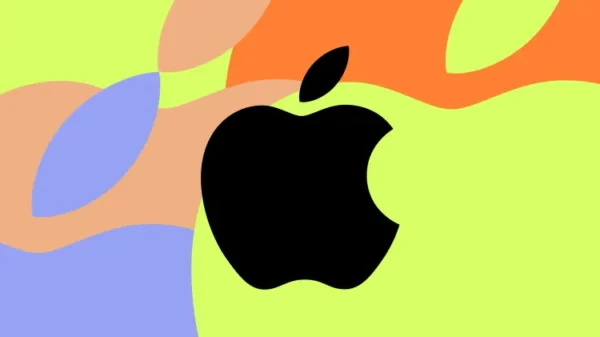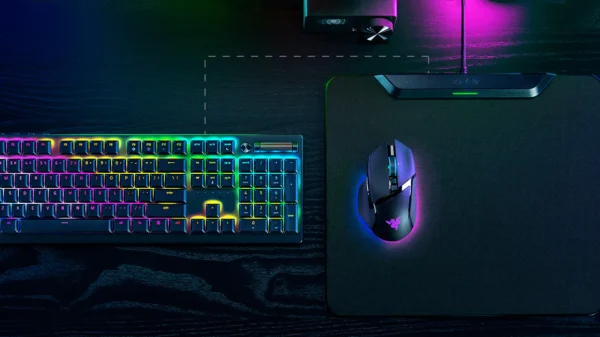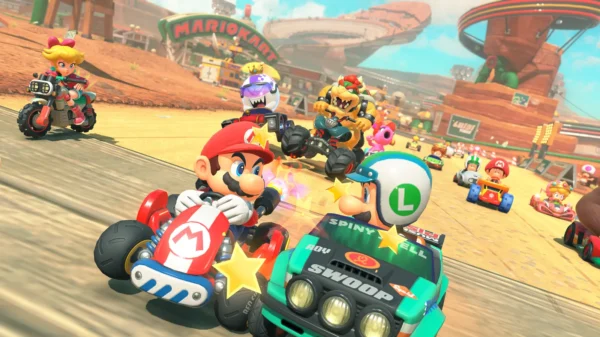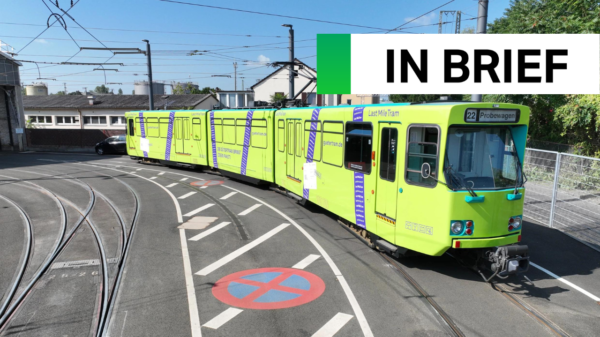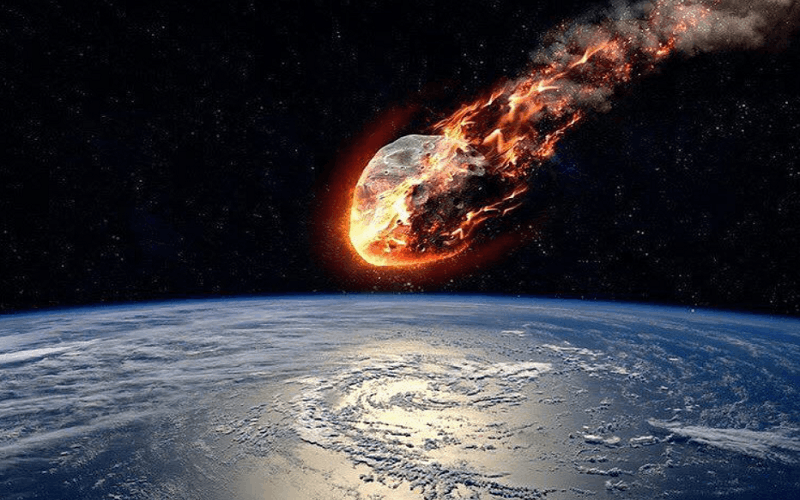Remember the dinosaurs? Top U.S. Officials are doing their best to make sure we don’t go out the same way they did.
A new report released by the United Stated government details some plans and responses in the unlikely (But still very scary) event of a Near Earth Object (NEO for short) coming crashing down on our beautiful little planet. The report includes some details on countermeasures that the people of the world will seek to pursue in the event of such a cataclysmic collision.
An article from Buzzfeed news told of a joint operation between weapons labs from the Energy Department, the National Nuclear Security Administration and NASA to construct a spacecraft capable on saving the planet from an incoming NEO. The craft, dubbed the Hypervelocity Asteroid Mitigation Mission for Emergency Response (HAMMER for short) weighs almost 9 tons and would seek to alter the path of an incoming asteroid. It would accomplish this by crashing into a smaller asteroid or launching a nuclear device at a larger one.
MIT impact expert Richard Binzel told Buzzfeed that the team has many intelligent experts who are taking all options into close consideration as to this matter, and that only the most logical solutions will be pursued.
Scientists are using a different asteroid to experiment on their methods for course diversion: A rock named Bennu that, according to calculations, has about a 0.0004% chance to collide with earth about 100 years from now. If it did collide with the Earth, however, it would trigger a tremendous blast over 20 times more powerful than the strongest Hydrogen bomb ever detonated.
Although mapping of these space rocks is possible, it’s not an exact science. Many variables can alter a rock’s course over the span of 100 years, so scientists are hard at work logging all possible objects that could at some point come onto a collision course with Earth.
Physicist David Dearborn believes that the trajectory alteration can be accomplished by an impactor, but only “if the asteroid is small enough.”
“The impactor is not as flexible as the nuclear option when we really want to change the speed of the body in a hurry,” said Dearborn in the Buzzfeed report. “Time is an important factor. If you have more time, this problem gets much easier.”
Although this event has an extremely small chance of occurring, this theoretical collision would not be the first of its kind. 110 years ago, for example, an object with a radius of 75 feet landed in Tunguska, Russia, leveling more than 800 square miles of forest. According to data on the force and radius of the collision, physicists estimate that such an impact in a more populated area such as New York City could result in millions of casualties.
But not to worry; we’ve gotten pretty good at mapping at spotting these rocks from a distance. According to NASA, over 95% of the largest “planet killer” space rocks have been documented and are being actively tracked. And according to Lindley Johnson, one of NASA’s planetary defense officers, approximately 18,310 possible NEOs are currently being tracked.
But the tracking is still imperfect, and as with the great speed of these space rocks, it never hurts to have some defenses at the ready. Here are the three stages of defense planned out by NASA in case of an emergency event:
- Kinetic Impact, AKA Smashing a spacecraft into the asteroid, may be enough to alter the course away from earth.
- Gravity Tractor, AKA landing a spacecraft onto the asteroid, would increase its mass and therefore alter its trajectory further.
- Nuclear Explosion, AKA exactly what it sounds like. Nuking the object will decrease its mass and alter the planned trajectory significantly.
Although it sounds exciting, that third option has never been tested before, and we hope things never get bad enough to necessitate it being used. Because if given the choice between a chance of nuking an asteroid in order to save the planet and not having to deal with any of that in the first place, we’ll take the second option, thank you very much.
Featured Image Via Flickr / atheoryof science


